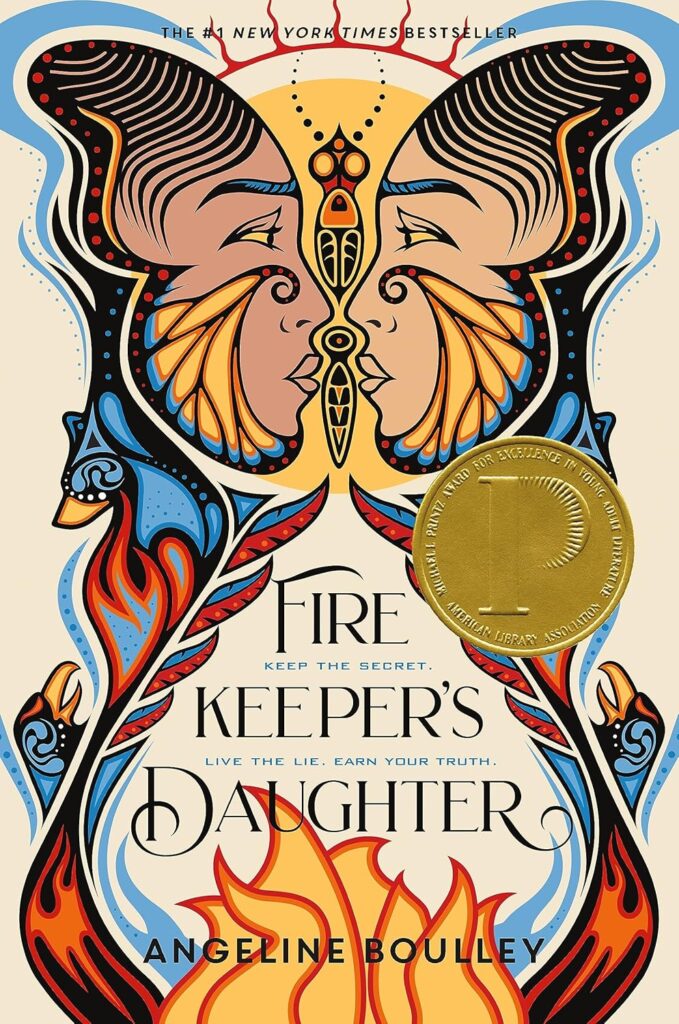The Binghamton University Libraries would like to acknowledge with respect the Onondaga Nation, firekeepers of the Haudenosaunee, the indigenous peoples on whose ancestral lands Binghamton University currently stands.
To celebrate Native American Heritage Month in November, the Libraries have compiled a list of recommended books in our collections. Native American heritage includes both historical and contemporary works in fields including environmental and Earth sciences, history, culture, poetry and the arts. We encourage you to read books by Native American writers and researchers this month and throughout the year! Check out the Libraries’ Indigenous Authors Collection for additional title suggestions.

Black Indian : a memoir
by Shonda Buchanan
Black Indian, searing and raw, is Amy Tan’s The Joy Luck Club and Alice Walker’s The Color Purple meets Leslie Marmon Silko’s Ceremony–only, this isn’t fiction. Beautifully rendered and rippling with family dysfunction, secrets, deaths, alcoholism, and old resentments, Shonda Buchanan’s memoir is an inspiring story that explores her family’s legacy of being African Americans with American Indian roots and how they dealt with not just society’s ostracization but the consequences of this dual inheritance. Buchanan was raised as a Black woman, who grew up hearing cherished stories of her multi-racial heritage, while simultaneously suffering from everything she (and the rest of her family) didn’t know. Tracing the arduous migration of Mixed Bloods, or Free People of Color, from the Southeast to the Midwest, Buchanan tells the story of her Michigan tribe–a comedic yet manically depressed family of fierce women, who were everything from caretakers and cornbread makers to poets and witches, and men who were either ignored, protected, imprisoned, or maimed–and how their lives collided over love, failure, fights, and prayer despite a stacked deck of challenges, including addiction and abuse. Ultimately, Buchanan’s nomadic people endured a collective identity crisis after years of constantly straddling two, then three, races. The physical, spiritual, and emotional displacement of American Indians who met and married Mixed or Black slaves and indentured servants at America’s early crossroads is where this powerful journey begins. Black Indian doesn’t have answers, nor does it aim to represent every American’s multi-ethnic experience. Instead, it digs as far down into this one family’s history as it can go–sometimes, with a bit of discomfort. But every family has its own truth, and Buchanan’s search for hers will resonate with anyone who has wondered “maybe there’s more than what I’m being told.”

Firekeeper’s daughter
by Angeline Boulley
Daunis Fontaine has never quite fit in, either in her hometown or on the nearby Ojibwe reservation. She dreams of college, but when her family is struck by tragedy she puts her future on hold to care for her fragile mother. The only bright spot is meeting Jamie, a new recruit on her brother Levi’s hockey team. When Daunis witnesses a shocking murder, she reluctantly agrees to go undercover, drawing on her knowledge of chemistry and Ojibwe traditional medicine to track down the source of a new drug. How far will she go to protect her community, if it threatens to tear apart the only world she’s ever known?

Field notes for the self
by Randy Lundy
Following his acclaimed Blackbird Song, Randy Lundy’s fourth collection of poetry modulates the trauma of remembering with the greater spiritual affirmations offered by the natural world. Field Notes for the Self is a series of dark meditations: spiritual exercises in which the poem becomes a forensics of the soul. The poems converse with Patrick Lane, John Thompson, and Charles Wright, but their closest cousins may be Arvo Pärt’s tintinnabulations–overlapping structures in which notes or images are rung slowly and repeatedly like bells. The goal is freedom from illusion, freedom from memory, from “the same old stories” of Lundy’s violent past; and freedom, too, from the unreachable memories of the violence done to his Indigenous ancestors, which, Lundy tells us, seem to haunt his cellular biology. Rooted in exquisitely modulated observations of the natural world, the singular achievement of these poems is mind itself, suspended before interior vision like a bit of crystal twisting in the light.

No reservation : New York contemporary Native American art movement
by David Bunn Martine
The encounter of Native practices and influences with mainstream art created a community in which the relationship between art and indigenous sensibility was recognized and nurtured. These artists have shown in galleries in the heart of SoHo, written articles for publications such as Art in America, and produced work that incorporates the visual strategies of Abstract Expressionism, pop, conceptualism and various strains of postmodernism. Among the artists represented here are Leon Polk Smith, George Morrison, Jimmie Durham, Jaune Quick-to-See Smith, G. Peter Jemison, Jeffrey Gibson, Brad Kahlhamer and Lloyd R. Oxendine.

Trace : memory, history, race, and the American landscape
by Lauret Savoy
Through personal journeys and historical inquiry, this PEN Literary Award finalist explores how America’s still unfolding history and ideas of “race” have marked its people and the land. As an educator and Earth historian, Lauret Savoy has tracked the continent’s past from the relics of deep time; but the paths of ancestors toward her lie largely eroded and lost. In prose attentive to the rhythms of language and landscapes, she weaves together human stories of migration, silence, and displacement, as epic as the continent they survey.
Book descriptions based on publisher information






